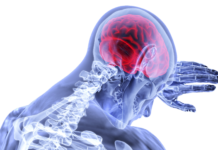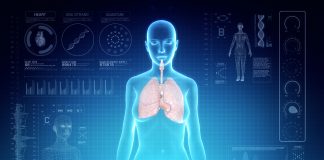NBIC technology and life prolongation
This article on NBIC technologies aims to inform the reader on the link between NBIC technologies, transhumanism and prolonging life. NBIC technologies are made up of Natotechnologies (N), Biotechnologies (B), IT (I) and Cognitive sciences (C).
 Transhumanists talk of the NBIC convergence : for the past few decades, these 4 technological fields fed off the fast-paced progress of one another.
Transhumanists talk of the NBIC convergence : for the past few decades, these 4 technological fields fed off the fast-paced progress of one another.
However, as we will soon learn, these 4 fields represent transhumanism’s best hope to drastically better human beings beyond their natural capabilities. Above all, it is a hope to vanquish the aging process in humans.
Transhumanism?
Transhumanism:
As a movement, transhumanism aims to upgrade the human body through science, constantly pushing back the limits of death. Transhumanists consider aging to be just another disease, in a way, which can be treated properly to avoid the resulting disabilities, suffering and death.
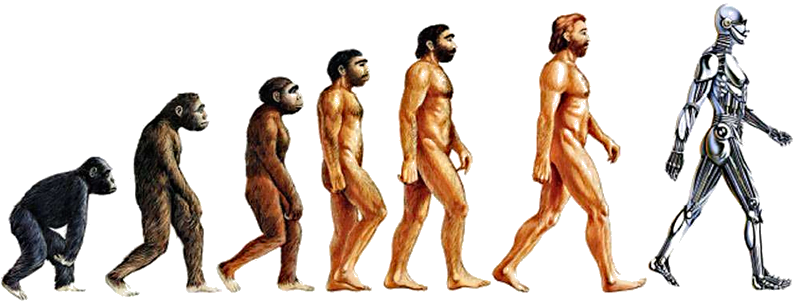
Many a transhumanist also propose using the available technologies not only to fix the human body but also to upgrade it beyond its natural abilities. For more, click here. TODO
NBIC TECHNOLOGY N°1: NANOTECHNOLOGIES
Nanotechnologies allow us to manipulate matter at a scale of a billionth of a meter, or even at the scale of the atoms. To understand nanometers, let’s listen to Luc Ferry who once said:
“THERE IS AS MUCH OF A DIFFERENCE BETWEEN A NANOMETER AND A METER THAN BETWEEN A HAZELNUT AND THE EARTH.”
The “N” of NBIC technologies was born in the 1980s with the invention of the scanning tunnel microscope. For the first time, it allowed to see and even move atoms individually (that was well worth of a Nobel prize, that the inventors G. Binning and H. Rohrer received in 1986.)
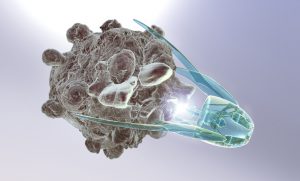
Today, nanotechnologies have indirect uses in three other NBIC fields:
It allows DNA molecules manipulation in biology, manufacturing of microprocessors at a nanometric scale in IT, and intracranial neural implants in cognitive science, which put miniaturization to good use.
On the short term, nanotechnologies could allow us to manufacture nano medicine that would efficiently target and cure certain forms of cancer, for instance by warming up target areas [1], or by chemically settling on cancer cells to provoke their targeted apoptosis (cell suicide) or by delivering anti-cancer medicine [2].
On the longer term, nanotechnologies could allow us to manufacture nanobots for self-repair, or device implantation in the brain so that we could interconnect with robotic and computer interfaces that could replace of better our failing organs.
As of now, in the fight against aging, most of the prospective uses of nanotechnologies remain a long-term goal. However, miniaturization exists in strong synergy with the other technological components of the NBIC.
NBIC TECHNOLOGY N°2 : BIOTECHNOLOGY
Biotechnology, the B in the NBIC convergence, refers to a number of techniques which also includes genetics, and regenerative cell biology.
“THE COST OF SEQUENCING THE HUMAN GENOMS WAS DIVIDED BY 3 MILLION.”
Genetics, which properly started in 1953 with the discovery of the DNA double helix, plays a major part in the NBIC revolution. Since the first full sequencing of the human genome in 2003, which cost 3 billion of dollars [3], the cost of sequencing the human genome was divided by 3 million. It is now accessible in the West for about a thousand euros.
This has two main consequences:
1
On one hand, sequencing the genome of as many people as possible could very soon allow us to link the occurrence of certain diseases with specific genes, by using mass computer processing on a great number of genomes (genetical big data, somehow.)
2On the other hand, access to low-cost sequencing will allow everyone to know their genome and understand their genetic predisposition to certain diseases in order to take on preventive treatment. This will allow doctors to adapt treatments individually to each person’s specific genome.
The second substantial change that genetics offer is eugenics through manipulation of the gene pool of unborn embryos as well as through gene therapy which will allow to edit a living person’s genome in order to avoid specific diseases.
In 2016, although unceremoniously, the first test of gene therapy on a human to fight aging was performed on Elizabeth Parrish, CEO of the company Bioviva which plans on selling it.
Despite studying many genomes of centenarians, as of yet we are far from isolating the precise genes of longevity [5]. Thankfully, researcher do not only study the human genome, some of them (like the French Miroslav Radman) study the genome of organisms considered almost immortal or incredibly resistant (such as tardigrades). The aim is to understand which genes and mechanisms allow for this immortality or apparent resistance, in order to one day apply them to the human species.
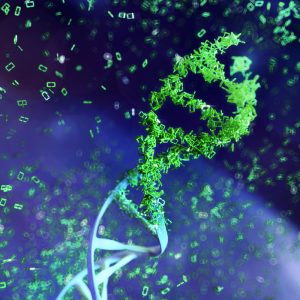
Gene therapy often resembles the injection of a virus into the body. It contaminates the cells to insert the desired gene in a specific place of the genome (which is the main activity of viruses.) That kind of therapy should one day allow everyone to reprogram their cellular cogs to slow down, stop, or reverse the aging process.
After a few disappointments with the results of clinical testing in the 1980-90s, gene therapy has been revived these past few years thanks to the discovery of CRISPR/CAS9 (Clustered Regularly Interspaced Short Palindromic Repeats de CAS9) which allows to position a specific gene in the host genome with much more precision than previously possible. [4] CRISPR/CAS9 is seen as the magic wand most scientists were waiting for to edit the human genome. (Harry Potter fans will know that the wand does not make the wizard, and we will have to wait for many researchers to work hard in order to fully exploit its potential.)
This is a fast-moving field: in 2014, there were almost 2000 ongoing testings of gene therapy treatments. About a hundred of them was in phase 3, testing on human subjects (more than 60% of which in oncology.)
Two gene therapies are commercially available already, like Gendicine in China, an anti-cancer medicine targeting the p53 gene. About 10,000 patients were treated without unpredicted effects.
Regenerative cell biology and stem cells
The B in NBIC also stands for regenerative cell Biology. Great breakthroughs were made, especially regarding stem cells. Stem cells are a type of undifferentiated human cells that everyone carries and can turn into neurons, muscle cells, white blood cells… These stem cells allow the fetus to develop and the adult to heal. With time, stem cells become weaker and end up disappearing. Eventually, the body becomes weak itself and dies.
During the past few decades, research allowed to recreate pluripotent stem cells from the regular cells of an adult [6], and to grow them into any kind of existing cells. This is how it might one day be possible to regenerate all of our organs, as well as the most complex of all, the brain – albeit in due time.
Genetics, Genomics, Epigenetics?
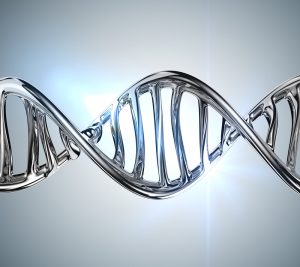 Genetics deals with hereditary parameters, gene manipulation and editing. One sub-branch of genetics is called genomics, and deals with the structure, composition and evolution of genomes, which represents the whole of the genes in a body. Genome sequencing is genomics. Epigenetics is parallel to genetics and deals with all the factors that will allow the expression or extension of certain genes in your genome. Epigenetics is a very reactive process, since there is no need to wait for genetic mutations to show between generations in a species to let your genome transcription evolve. That is how if the weather is hot, your will express a gene that allows you to adapt “rapidly” to these new climatic conditions (since you probably keep inactive genes from distant ancestors that might have been selected for their ability to survive in hot weather.)
Genetics deals with hereditary parameters, gene manipulation and editing. One sub-branch of genetics is called genomics, and deals with the structure, composition and evolution of genomes, which represents the whole of the genes in a body. Genome sequencing is genomics. Epigenetics is parallel to genetics and deals with all the factors that will allow the expression or extension of certain genes in your genome. Epigenetics is a very reactive process, since there is no need to wait for genetic mutations to show between generations in a species to let your genome transcription evolve. That is how if the weather is hot, your will express a gene that allows you to adapt “rapidly” to these new climatic conditions (since you probably keep inactive genes from distant ancestors that might have been selected for their ability to survive in hot weather.)
NBIC TECHNOLOGY N°3 : IT
The IT boom of these past few decades is hard to ignore. What could be the link between IT and a longer life expectancy?
 In computing, the Moore law has applied for a while (doubling of the quantity of transistors and, indirectly, computing power, every 18 months) and it is very plausible that it will stay the case for another few years. This computing power currently allows to multiply the efficiency of some research. It the near future, it might even allow for genetic big data crunching to identify the statistical impact of each gene combination on certain diseases, over millions of available genomes.
In computing, the Moore law has applied for a while (doubling of the quantity of transistors and, indirectly, computing power, every 18 months) and it is very plausible that it will stay the case for another few years. This computing power currently allows to multiply the efficiency of some research. It the near future, it might even allow for genetic big data crunching to identify the statistical impact of each gene combination on certain diseases, over millions of available genomes.
“IN 2030, AN AI AS SMART AS HUMANS MIGHT APPEAR.”
from Ray Kurzweil
In a more distant future, if Moore’s law keeps applying, an artificial intelligence “as smart as humans” might appear and be able to reprogram itself (near 2030, according to Ray Kurzweil.) This self-reprogramming capacity would allow the AI to become smarter and smarter, following an exponential growth curve to finally obtain a level of intelligence that we cannot comprehend: the famous technological singularity.
Let’s be real: we have no idea where would be going an exponential with no fixed starting point and an unknown speed of growth. Without dwelling on the potential dangers of an artificial intelligence difficult to comprehend, the link between technological singularity and aging is that is this artificial intelligence had the will to make us live longer, it could consider therapies with an efficiency that is hard to imagine.
In an even more distant future, technological advances suggest the possibility for some to upload their mind (see “Le Cobaye”, a very good 1980s movie) in order to escape the death of their bodies.
NBIC TECHNOLOGY N°4: COGNITIVE SCIENCE
The C in NBIC, which stands for cognitive science, is about brain study, neurosciences, neuronal implants and psychology. The brain is a complex organ, not yet completely understood.
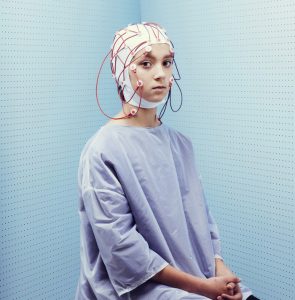
It is only during the past few decades that ways to perform live studies of a functioning brain came out. MRI, tomography, miniature electrode implants and modern electroencephalograms. These breakthroughs allow us to better understand the way the brain functions, paving the way for better simulations.
On the short and medium term, brain study could already allow us to beat neurodegenerativ diseases. That could come through treating their possible causes, such as the buildup of unfolded protein response [7] in neurons with medicine, or with treatments based on cell therapy (injecting or stimulating stem cells) or even through gene therapy on the genes that predispose to these diseases.
BETTER BRAIN PERFORMANCE WITH IMPLANTS
On the short or medium term, cognitive science could allow us to keep or even upgrade our cognitive abilities through time by stimulating neuron growth, either with medicine (with new generation nootropics for instance) or by interfacing our brain with electronic implants.
Implant research is developing especially fast and are already used by handicapped people equipped with the first few mind-controlled artificial limbs.
On the long run, the simultaneous advances in brain and computing research could lead to the development of an artifical brain, with the emergence of a conscience and the possibility to upload a person’s mind into it. As a first step, the European project “Human Brain Project”, financed with about one billion euros, aims to simulate the whole brain of a mouse, then of a human, on a computer [8].
A HEALTHY BRAIN IN A YOUNG BODY
Another question the C in NBIC will have to solve is how can we live for hundreds of years, with our current brain structure, without developing plenty mental disorders (since they seem to worsen with time.) Let’s hope that psychology and pharmaceutical research will prevent us all from becoming crazy old people.
FROM FIXING MANKIND TO UPGRADING MANKIND
At the end of the day, convergence of all NBIC technologies should allow interfacing humans with the non-biological, and machines. Mankind has been making prostheses for a while, but it has only been a decade since we can see models and athletes with prosthetic limbs who can walk, dance, and work normally (see Aimée Mullins), or amputated athletes with no legs such as Oscar Pistorius who was qualified to participate in the Olympics along with valid people. Miniaturization and robotics allowed for robotics progress to be made, which will help us today to go even further. Today, blind people can see again (retinal implants), deaf people can hear (cochlear implants), people with heart deficiencies can live with a pacemaker (or for shorter periods of time, with an artificial heart) and as we were just saying, amputated people can use their limbs again and control them with their minds.
PROSTHETICS TO FIX, PROSTHETICS TO UPGRADE
The fusion between man and machine is still being used to repair, but when prosthetics allow humankind to see further, when amputees will run better than valid people and substitute organs work better than their original counterparts, these hybrid man/machine technologies will allow us to upgrade ourselves physically. On this matter as well, we could also live longer, with stronger and more long-lasting organs.
Hadrien Vielle

Author
Auteur
Hadrien is an engineer and was trained in biology, physics and bio-engineering at the École Polytechnique féminine in Paris.
More about the Long Long Life team
Hadrien est aujourd’hui ingénieur polyvalent après une formation en biologie, physique et bio-ingénierie à l’École Polytechnique féminine.
En savoir plus sur l’équipe de Long Long Life
References :
[1] : Intravenous magnetic nanoparticle cancer hyperthermia , Hui S Huang James F Hainfeld, International Journal of Nanomedicine 2013:8 2521–2532
[3] : the– human-genome- project-hgp/
[5] Understanding the Determinants of Exceptional Longevity, Thomas Perls, and Dellara Terry, Ann Intern Med. 2003;139:445-449.
[6] Induced Pluripotent Stem Cell Lines Derived from Human Somatic Cells Junying Yu, Maxim A. Vodyanik, Kim Smuga-Otto, Jessica Antosiewicz-Bourget, Jennifer L. Frane, Shulan Tian, Jeff Nie, Gudrun A. Jonsdottir, Victor Ruotti, Ron Stewart, Igor I. Slukvin, James A. Thomson, SCIENCE VOL 318 21 DECEMBER 2007
[7] Review article Folding proteins in fatal ways, Dennis J. Selkoe, Nature 426, 900-904 (2003)


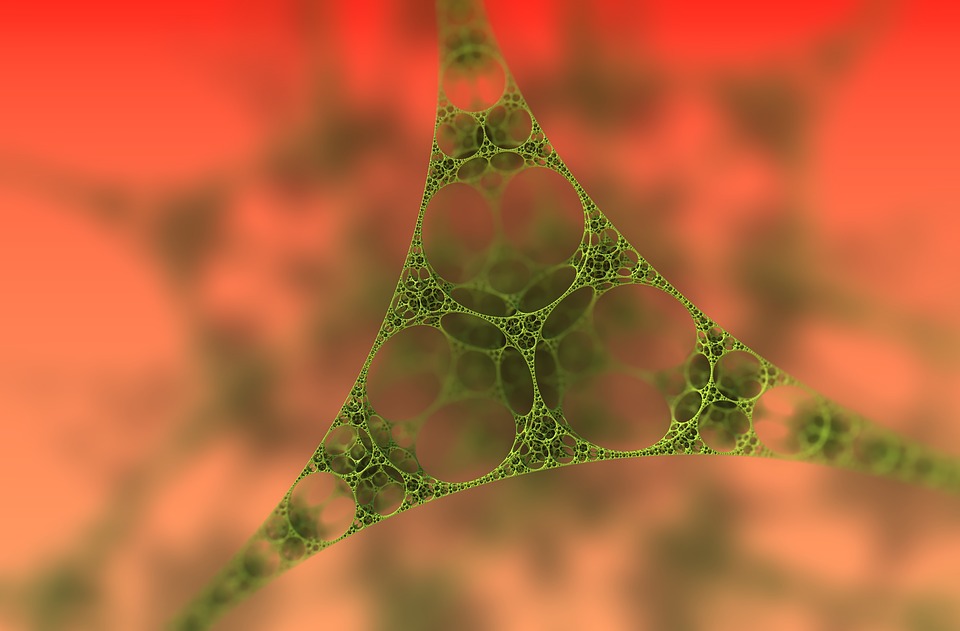
![[Video] Eurosymposium on Healthy Ageing, Brussels, 2018 Eurosymposium on Healthy Aging](http://www.longlonglife.org/wp-content/uploads/2019/07/P1310252-218x150.jpg)








